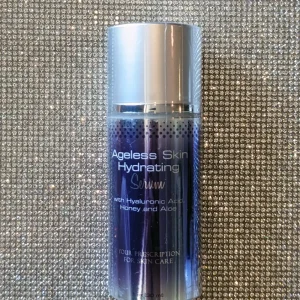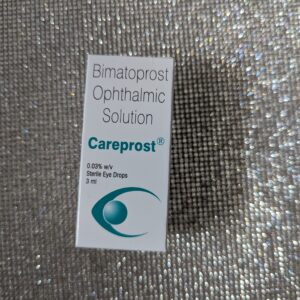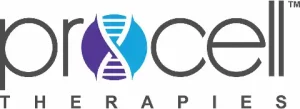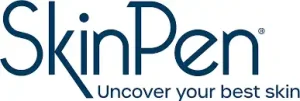A chemical peel is a procedure in which a chemical solution is applied to the skin to remove the top layers. The skin that grows back is smoother. With a light or medium peel, you may need to undergo the procedure more than once to get the desired results.
Chemical peels are used to treat wrinkles, discolored skin and scars — usually on the face. They can be done alone or combined with other cosmetic procedures. And they can be done at different depths, from light to deep. Deeper chemical peels offer more-dramatic results but also take longer to recover from.
Dermaplaning is a cosmetic procedure to exfoliate the skin’s top layer using a surgical blade, removing dead skin cells and fine facial hair. It aims to improve skin texture, tone, and appearance. The procedure is not suitable for sensitive skin or active acne. Aftercare and sun protection are important. It’s a method for achieving smoother, brighter skin when performed by experienced practitioners.
A facial is a skincare treatment to cleanse, exfoliate, nourish, and rejuvenate the skin on the face. It involves cleansing, exfoliation, potential extractions, massage, masking, specialized treatments, moisturizing, and sun protection. Facials are customized to an individual’s skin type and concerns, offering benefits such as improved skin texture and relaxation. Effective communication with the esthetician ensures a tailored experience.
Microdermabrasion is a cosmetic procedure used to exfoliate and improve the texture and appearance of the skin. It involves using a handheld device to gently spray fine crystals or use a diamond-tipped wand to remove the outermost layer of dead skin cells. This process helps to reveal smoother, more youthful-looking skin and can be used to address issues like fine lines, dullness, uneven skin tone, and mild acne scars. Microdermabrasion is non-invasive and generally requires multiple sessions for optimal results. It’s important to follow proper skincare after the procedure and use sun protection due to increased skin sensitivity.
Waxing is a hair removal method that involves applying heated wax to the skin and then quickly removing it, along with unwanted hair, using cloth strips or by pulling the wax itself. This process pulls hair out from the root, resulting in smoother skin that remains hair-free for a few weeks. Waxing can be done on various body parts, such as legs, arms, bikini area, and face. It offers longer-lasting results compared to shaving, but it can be uncomfortable and may cause temporary redness or irritation. Regular waxing can lead to hair regrowth that is finer and less dense over time.
Permanent makeup application, also called micropigmentation, involves depositing pigments into the skin’s dermal layer using fine needles. It’s a cosmetic procedure to mimic makeup effects like eyebrows, eyeliner, and lip color. The pigment is chosen to match the client’s desired look. The process is semi-permanent, enhancing features and reducing daily makeup needs.















